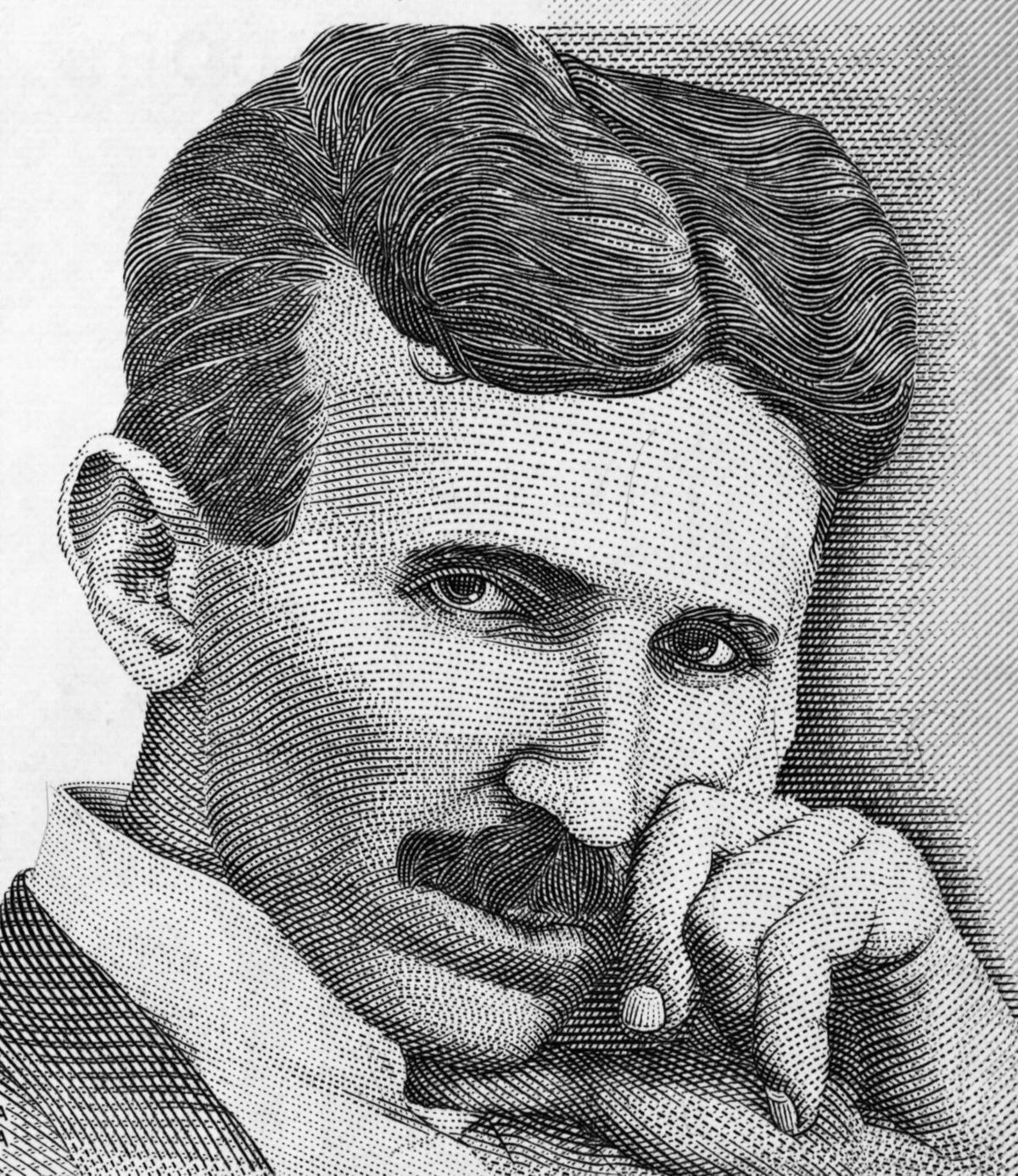Alternating current, the electric motor, remote control, the Tesla coil, and radio are just a few of the more significant inventions by Nikola Tesla.
Born in 1856 in what was then the Austrian Empire, Tesla received advanced education in both physics and engineering. At age 28, Tesla came to the United States. For a brief period of time, he worked at the Edison Machine Works before embarking on an independent career.
No doubt his most important invention was the development of alternating current. In 1887, Tesla was able to secure funding for his new Tesla Electric Company. By the end of the year, he had filed several patents for AC-based inventions. Tesla’s AC system soon caught the attention of George Westinghouse, a young engineer and businessman. Unlike Edison’s Direct Current system for delivering electricity, Westinghouse was looking for a method whereby electricity could be delivered over very long distances.
Having decided that Tesla’s inventions could be the solution, Westinghouse purchased his patents for $60,000 in cash and stock in the Westinghouse Corporation.
However, Thomas Edison, who was pushing DC over AC, was not going to easily fold his tent. Edison began a negative advertising campaign in an effort to discredit both Westinghouse and Tesla. In fact, Edison went so far as to show how lethal AC was by electrocuting an elephant (this turned out to be disastrous publicity for Edison). Despite these efforts by Edison, the more efficient AC would come to dominate electrical systems throughout the world.
Flush with his success with alternating current, Tesla became obsessed with transmitting energy wirelessly. With $150,000 from J.P. Morgan, Tesla constructed a massive tower and power plant on Long Island that became known as Wardencliffe. Tesla envisioned a series of these huge towers strategically placed around the world, delivering free power for all.
But fearing that Morgan would not grasp his concept of wireless transmission of electrical energy, Tesla told Morgan that he was working on wireless transmission of voice (aka, radio). However, this would prove to be a fatal flaw. After Guglielmo Marconi broadcast his first radio transmission in December 1901, Morgan aborted his support for Tesla.
Tesla was forced to abandon his efforts in 1906. By 1915, the site had been foreclosed. Two years later, Tesla was forced to declare bankruptcy. Tesla fell into deep despair but eventually gathered himself together and began performing consulting work.
However, by this time his ideas had fallen into the “mad scientist” category. He became more erratic and eccentric to such an extent he devoted much of his time to the care and feeding of pigeons in Central Park in New York City. During this time, one of his more outlandish ideas was the design and construction of a so-called “death ray,” a device he claimed could destroy enemy ships and planes from miles away. Even though this “out there,” it nonetheless drew the attention of the FBI during World War II.
Nikola Tesla died penniless on Jan. 7, 1943, in the Hotel New Yorker. Immediately after Tesla’s death, his scientific papers vanished from his hotel room and were never found. His papers contained data and information about the “Death Ray.” Some have even speculated that Tesla’s death was not natural, but hastened along so that his scientific drawings, plans, and schemes could be obtained for military purposes.
By the way, in 1943, the Supreme Court upheld Tesla's patent for wireless transmission, aka, the radio.
